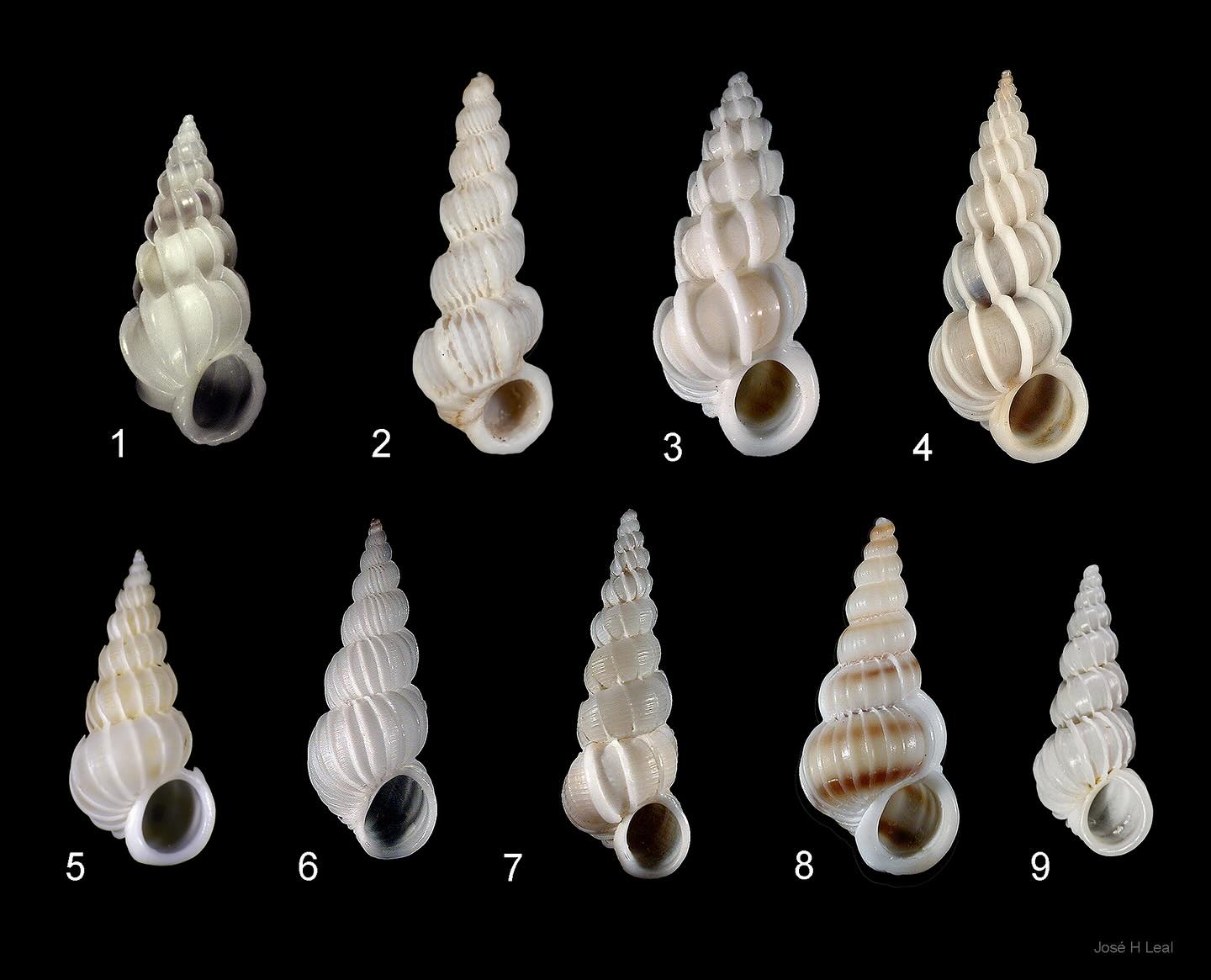- Overview of Wentletraps and their significance in Southwest Florida.
- Detailed descriptions of Wentletrap species found on Sanibel and Captiva Islands.
- Conservation and ecological importance of Wentletraps in these regions.
- Wildlife observation and photography tips for locating Wentletraps.
- Contributions to local biodiversity and the cultural fascination within Florida’s coastal communities.
Wentletraps are a captivating group of small, spiral-shelled mollusks treasured by collectors and naturalists alike. Known for their elegant and intricate white shells, these marine gastropods are particularly favored along the serene beaches of Sanibel and Captiva Islands in Southwest Florida. The area is home to several exquisite Wentletrap species that have sparked ongoing interest due to their unique structural beauty and ecological roles.
The Bladed Wentletrap (Epitonium albidum) features graceful, blade-like projections running along its shell, distinguishing it from other species. This characteristic complexity attracts both scientists and hobbyists. Residing in sandy and muddy substrates, the Bladed Wentletrap plays an essential part in marine ecosystems, contributing to the overall biodiversity of the region. As a predator primarily of sea anemones, it controls populations, influencing the local ecological balance.
Dall’s Wentletrap (Cirsotrema dalli) is rarer, offering a thrilling find for shell enthusiasts. Similar in habitat preference to its bladed relative, this species is distinguished by its robust shell and pronounced whorls. Such features are not just appealing to collectors but vital to biological classification and evolutionary studies. In their natural environment, Wentletraps like Cirsotrema dalli act as indicators of water quality and habitat health, reflecting the ecological integrity of their surroundings.
An example of natural artistry is the Angulate Wentletrap (Epitonium angulatum). As its name suggests, it presents angled spirals, creating a visually striking pattern. Understanding these physical characteristics is crucial for distinguishing species within the Epitonium genus and aids in developing measures for their preservation. Its presence on Sanibel and Captiva beaches reflects the unspoiled marine life these areas continue to support.
Humphrey’s Wentletrap (Epitonium humphreysii), New England Wentletrap (Epitonium novangliae), Matthews’s Wentletrap (Epitonium matthewsae), and Leal’s Wentletrap (Epitonium leali) further enrich the species diversity. These varying forms exhibit shell structures ranging from moderate ornamentation to elaborate external flutings. Each species contributes to detailed taxonomic research and helps enthusiasts appreciate the small-scale complexities of marine biodiversity.
The Brown-band Wentletrap (Gyroscala rupicola) stands out with its delicate brown bands encircling its white shell. This coloration pattern serves as a natural adaptation, camouflaging within sandy or rocky crevices. These unique adaptations are subjects of ongoing research, providing insights into evolutionary processes and ecological interactions within mollusk communities, highlighting the delicate balance maintained across these habitats.
Tollin’s Wentletrap (Epitonium tollini) completes this fascinating lineup. Notable for its precise contours and minute detailing, this species further extends the reach of the Wentletrap fascination. It symbolizes the undying allure of shell collecting and serves as a reminder of the constant intrigue marine life incites for both laypersons and specialists.
Observing Wentletraps requires patience and a keen eye for detail. The optimal time to explore their presence is during low tide when the shells are more likely to be exposed on the sandy stretches of the beaches. For photography, using natural lighting enhances the intricate features these shells are famous for. It is essential to practice careful collection, ensuring Wentletraps removed from their environment are handled gently to preserve their condition for continued study and admiration.
The ecological role of Wentletraps extends beyond their immediate environment. As part of the broader ecosystem in Southwest Florida, these mollusks contribute to nutrient cycling and act as indicators of marine health. Conservation efforts are directed toward protecting natural habitats, advocating for sustainable shell collecting to prevent population decline. Community engagement in preservation initiatives helps raise awareness about the impact human activities may have on these delicate ecosystems.
The cultural and economic impact of Wentletraps in Florida is significant. These shells attract tourists, fueling local economies and promoting environmental appreciation. By fostering a symbiotic relationship between nature and human interests, Wentletraps inspire efforts in conservation and biodiversity education. Beachcombers and shell enthusiasts from around the world visit these regions, drawn by the promise of encountering the beautiful diversity of Wentletraps.
Wentletraps are more than just attractive shells; they embody Southwest Florida’s rich marine heritage. Their conservation is essential to maintain ecological balance and biodiversity. This detailed exploration into Wentletraps showcases their enduring presence and importance across Sanibel and Captiva Islands, serving as a natural reminder of the need for sustainable practices and environmental consciousness. Through active participation and focused research, the future of Wentletraps and their habitats can be preserved for generations to come.
With each visit to these tranquil beaches, one gains more than just a collection of shells. There is a deeper understanding and respect for environmental stewardship and the intricate beauty of nature that Wentletraps represent. By appreciating their significance, individuals contribute to a broader dialogue about protecting these extraordinary marine vistas.
*****
Source Description
Wentletraps are everlasting favorites here in Southwest Florida. Here is a selection of species found on the beaches of Sanibel and Captiva islands: (1) Bladed Wentletrap (Epitonium albidum); (2) Dall’s Wentletrap (Cirsotrema dalli); (3) Angulate Wentletrap (Epitonium angulatum); (4) Humphrey’s Wentletrap (Epitonium humphreysii); (5) New England Wentletrap (Epitonium novangliae); (6) Matthews’s Wentletrap (Epitonium matthewsae); (7) Leal’s Wentletrap (Epitonium leali); (8) Brown-band Wentletrap (Gyroscala rupicola); (9) Tollin’s Wentletrap (Epitonium tollini). The individual photos are not at same scale. All photos by José H. Leal.


